PPT-Minimum Spanning Tree CSE 373: Data Structures and Algorithms
Author : elena | Published Date : 2022-06-18
Thanks to Kasey Champion Ben Jones Adam Blank Michael Lee Evan McCarty Robbie Weber Whitaker Brand Zora Fung Stuart Reges Justin Hsia Ruth Anderson and many others
Presentation Embed Code
Download Presentation
Download Presentation The PPT/PDF document "Minimum Spanning Tree CSE 373: Data Stru..." is the property of its rightful owner. Permission is granted to download and print the materials on this website for personal, non-commercial use only, and to display it on your personal computer provided you do not modify the materials and that you retain all copyright notices contained in the materials. By downloading content from our website, you accept the terms of this agreement.
Minimum Spanning Tree CSE 373: Data Structures and Algorithms: Transcript
Download Rules Of Document
"Minimum Spanning Tree CSE 373: Data Structures and Algorithms"The content belongs to its owner. You may download and print it for personal use, without modification, and keep all copyright notices. By downloading, you agree to these terms.
Related Documents

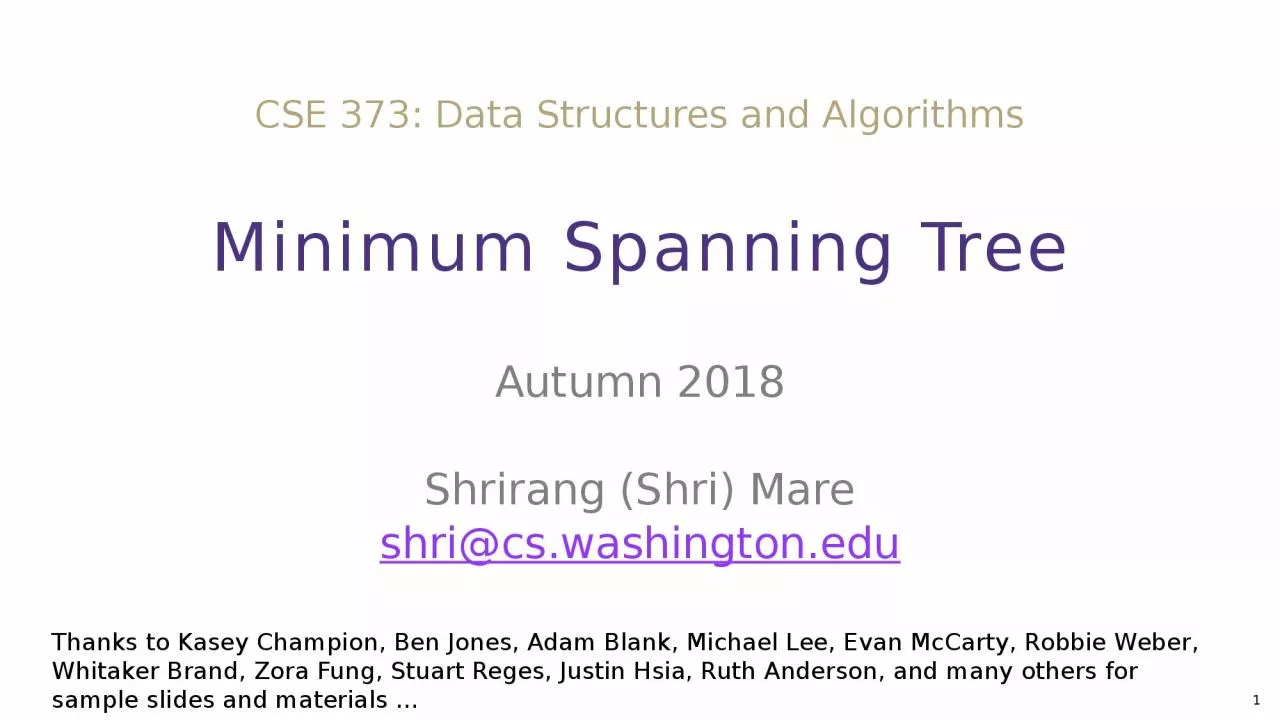
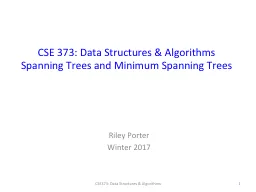

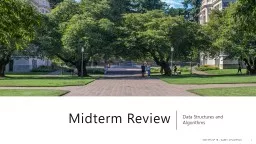
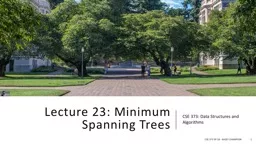
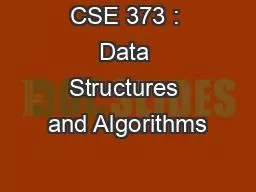
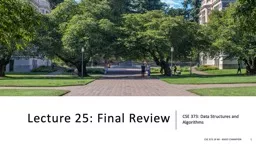
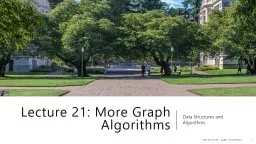
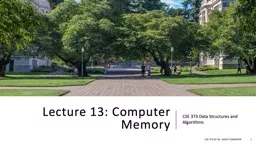
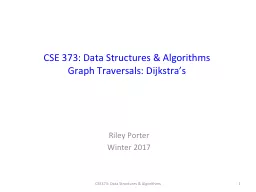
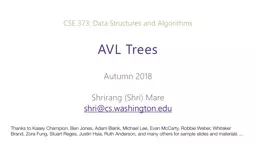
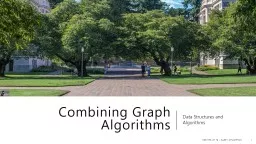
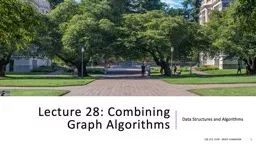
![[READ]-Easy Learning Data Structures & Algorithms ES6+Javascript Classic data structures](https://thumbs.docslides.com/970589/read-easy-learning-data-structures-algorithms-es6-javascript-classic-data-structures-and-algorithms-in-es6-javascript-easy-learning-javascript-and-design-and-data-structures-and-algorithms-book-3.jpg)